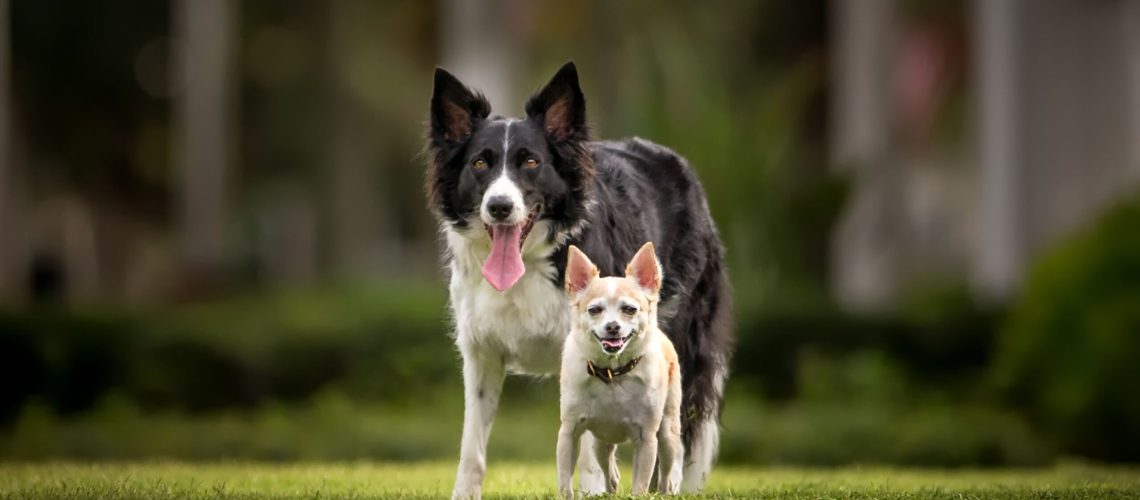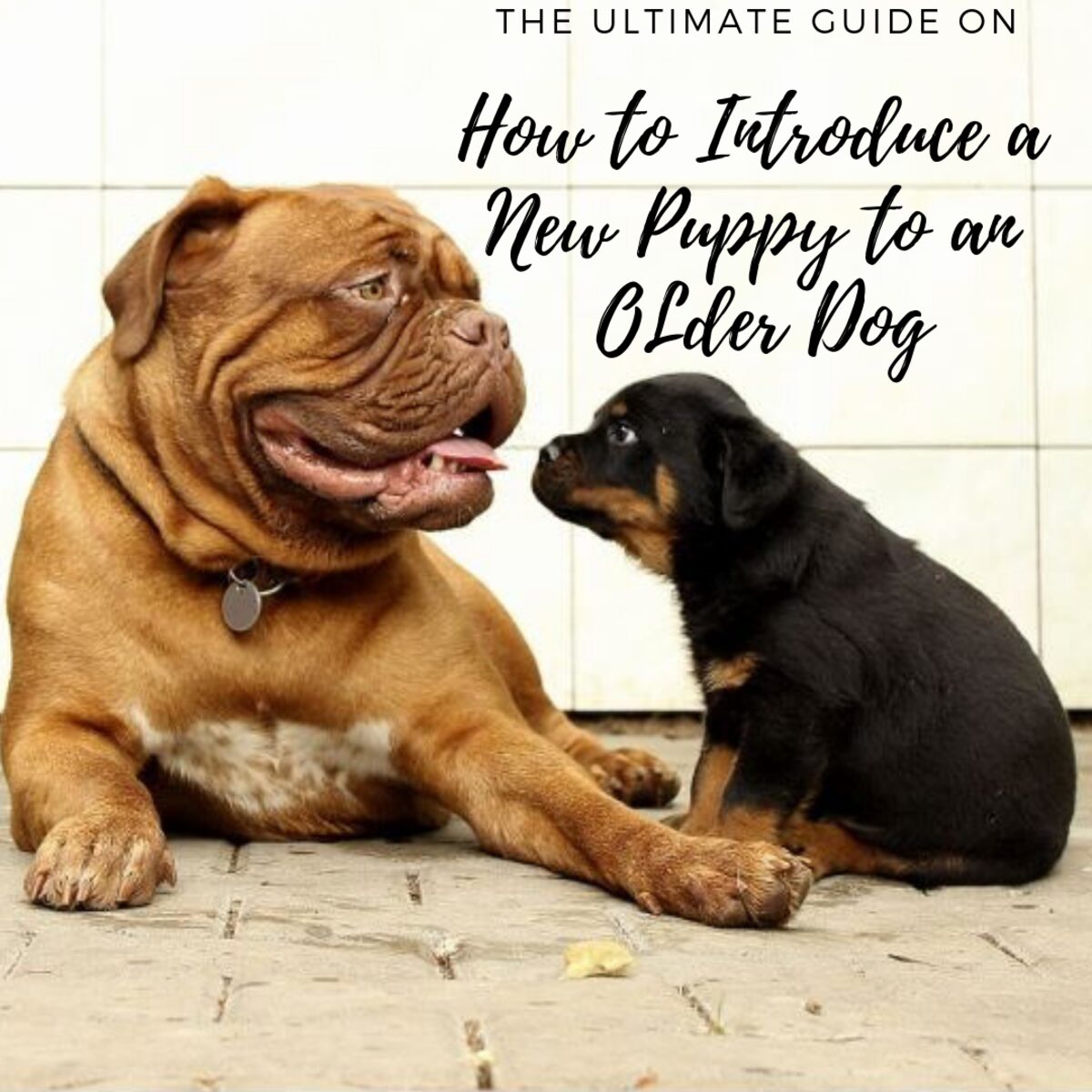Determining the compatibility of a second dog can be crucial for a harmonious household. In this guide, we will provide you with valuable insights and tips on how to assess if a new furry friend will seamlessly fit into your family dynamic.
Key Takeaways:
- Consider the temperament and energy level of your current dog before deciding on a second dog.
- Introduce the dogs in a neutral space to observe their initial interactions and assess compatibility.
- Ensure that both dogs have similar exercise needs and play styles to prevent potential conflicts.
- Take into account the size and breed of both dogs to ensure they can coexist comfortably in your living space.
- Seek guidance from a professional trainer or behaviorist if you are unsure about the compatibility between your current dog and a potential second dog.
What is compatibility when it comes to having a second dog?
Compatibility refers to how well two dogs get along and can coexist in the same household. When considering getting a second dog, it is important to think about whether your current dog and the potential new dog will be compatible with each other. This involves considering factors such as their temperaments, energy levels, and socialization skills.
Temperament:
The temperament of a dog refers to its overall personality and behavior. Some dogs may be more laid-back and easygoing, while others may be more energetic or assertive. It is important to consider whether your current dog's temperament will complement or clash with the potential new dog's temperament. For example, if your current dog is shy and timid, bringing home a highly energetic and dominant dog may cause stress and conflict.
Energy Levels:
Dogs have different energy levels, with some being more active and others being more relaxed. It is crucial to consider whether the energy level of the potential new dog matches that of your current dog. If one dog has significantly higher energy than the other, it could lead to frustration or annoyance for both dogs. Ideally, it is best to find a second dog whose energy level is similar to your current dog's so they can engage in play and exercise together without one constantly overwhelming the other.
Why is it important to consider compatibility before getting a second dog?
Considering compatibility between your current dog and a potential second dog before bringing them into your home is essential for several reasons:
Harmony in the Household:
If two dogs are not compatible, there may be constant tension or fighting between them. This can create an unpleasant living environment for both you and the dogs involved. By ensuring compatibility, you increase the chances of a harmonious household where both dogs can coexist peacefully.
Reduced Stress:
Introducing a new dog into your home can be stressful for your current dog. If the new dog is not compatible with your current dog, it can lead to increased stress and anxiety for both dogs. By considering compatibility beforehand, you can minimize the stress and make the transition smoother for everyone involved.
Easier Training:
When two dogs are compatible, they are more likely to learn from each other and follow each other's lead. This can make training easier as they can reinforce positive behaviors in one another. On the other hand, if two dogs are incompatible, it may be challenging to train them together as they may become distracted or even disruptive during training sessions.
How can you determine if your current dog will get along with a new dog?
Determining whether your current dog will get along with a new dog requires careful observation and consideration of their behavior and interactions. Here are some signs to look out for:
Positive Body Language:
If your current dog exhibits relaxed body language, such as wagging tail, loose posture, and play bowing when interacting with the potential new dog, it is a good sign that they might get along. Positive body language indicates that they are comfortable and open to forming a relationship.
Playfulness:
If your current dog shows interest in playing with the potential new dog and engages in friendly play behaviors like chasing, wrestling, or taking turns being on top during play sessions, it suggests that they are enjoying each other's company. Playfulness is often an indication of compatibility between dogs.
Tolerance Level:
Observe how your current dog reacts to the presence of the potential new dog. If they show patience and tolerance towards the new dog's behavior, such as not reacting aggressively to minor annoyances like sniffing or bumping into them, it suggests that they may be compatible.
It is important to note that compatibility cannot be determined in a single interaction. It may take multiple meetings and gradual introductions to assess whether two dogs will get along well.
Signs that two dogs might not be compatible
Aggressive behavior
If you notice that the dogs are displaying aggressive behavior towards each other, such as growling, snarling, or snapping, it could be a sign that they are not compatible. Aggression can escalate quickly and lead to fights, so it's important to address this issue immediately.
Territorial disputes
Another sign of incompatibility between two dogs is if they constantly engage in territorial disputes. This can include resource guarding, marking their territory excessively, or becoming possessive over certain areas or objects. These behaviors can create tension and conflict between the dogs.
Lack of interest in each other
If the dogs show little to no interest in each other during initial interactions, it may indicate a lack of compatibility. Dogs who are compatible often display curiosity and a desire to interact with one another. If one dog consistently ignores or avoids the other, it could be a sign that they are not a good match.
It's important to note that these signs alone do not guarantee incompatibility between two dogs. However, if you observe multiple signs or any concerning behaviors, it may be necessary to take further steps to assess their compatibility.
What to do if your current dog and potential second dog don't seem compatible
If you find that your current dog and a potential second dog don't appear compatible after initial introductions, there are several steps you can take before making a final decision:
Consult with a professional
Seeking advice from a professional dog trainer or behaviorist can provide valuable insights into the situation. They can assess the dogs' behavior and help determine whether compatibility is possible through training or if it would be best to explore other options.
Slowly introduce them
Sometimes, dogs need more time to adjust and become comfortable with each other. Gradually increase their exposure to one another in controlled environments, such as on leashed walks or supervised playdates. This allows them to build positive associations and reduces the likelihood of negative interactions.
Consider their individual needs
Evaluate the specific needs and personalities of each dog. Some dogs may thrive in a multi-dog household, while others may prefer being the only pet. Understanding their individual preferences can help you make an informed decision about compatibility.
Remember, it's crucial to prioritize the safety and well-being of both dogs when determining compatibility. If all efforts fail and it becomes clear that they are not compatible, it may be necessary to explore other options, such as finding a different companion for your current dog or reconsidering getting a second dog altogether.
Factors to consider when determining compatibility between two dogs
When assessing the compatibility between two dogs, there are several factors to consider:
Breed characteristics
Different breeds have varying temperaments and energy levels. It's important to research and understand the typical traits of each breed involved to determine if they are likely to be compatible.
Size and age differences
Consider the size and age differences between the dogs. Large size disparities can pose challenges during play or create power imbalances that lead to conflicts. Additionally, puppies may have different play styles compared to adult dogs, which could impact compatibility.
Personalities and energy levels
Assess the personalities and energy levels of both dogs. Dogs with similar energy levels and compatible personalities are more likely to get along well. For example, an active dog might not be compatible with a laid-back or timid dog who prefers a quieter environment.
Socialization history
Take into account each dog's socialization history. Dogs who have been well-socialized and exposed to a variety of experiences are generally more adaptable and may have an easier time adjusting to a new companion.
Health and special needs
Consider any health or special needs that either dog may have. Some dogs require specific care or accommodations, which can impact their compatibility with another dog.
By carefully considering these factors, you can make a more informed decision about the compatibility between two dogs and increase the likelihood of a successful and harmonious relationship.
How to introduce two dogs to see if they are compatible
Introducing two dogs properly is crucial in determining their compatibility. Here's how you can do it:
Neutral territory
Choose a neutral location for the initial introduction, such as a park or an unfamiliar backyard. This helps prevent territorial disputes and allows both dogs to feel more at ease.
Keep them on leashes
During the first meeting, keep both dogs on leashes for better control. Allow them to approach each other slowly while maintaining loose leash tension. Avoid pulling on the leash, as this can create tension and anxiety.
Observe body language
Pay close attention to the body language of both dogs during the introduction. Signs of relaxation include loose body movements, wagging tails, and play bows. On the other hand, stiff postures, raised hackles, or growling indicate discomfort or potential aggression.
Positive reinforcement
Reward positive behavior from both dogs with treats and praise. This helps create positive associations with each other's presence and encourages friendly interactions.
Supervised interactions
Gradually increase the duration of supervised interactions between the dogs over multiple sessions. Observe how they interact with each other and intervene if any signs of aggression or discomfort arise.
Remember that introductions should be done gradually and at a pace that suits the individual dogs. Rushing the process can lead to negative experiences and potentially damage their compatibility.
The role of age in determining the compatibility of two dogs
Age plays a significant role in determining the compatibility between two dogs. Here are some factors to consider:
Energy levels
Dogs of similar ages often have compatible energy levels, which can make it easier for them to engage in play and activities together. Puppies, for example, tend to have high energy levels and may be better suited with other young or playful dogs.
Socialization opportunities
Younger dogs who are still in their critical socialization period (between 3-14 weeks) may benefit from being paired with older, well-socialized dogs. The older dog can serve as a positive role model and help teach appropriate behaviors.
Training needs
Older dogs may require less training compared to puppies or adolescent dogs. If one dog is already trained while the other is still learning basic commands, it could impact their compatibility as they may have different expectations and abilities.
It's important to note that age alone does not determine compatibility. Individual personalities, temperaments, and preferences should also be considered when assessing whether two dogs are compatible.
Can training help improve compatibility between two dogs?
Training can play a crucial role in improving compatibility between two dogs. Here's how it can help:
Establishing boundaries
Through training, you can establish clear boundaries and rules for both dogs. Consistent reinforcement of desired behaviors helps create structure within the household and reduces potential conflicts.
Socialization exercises
Training sessions provide an opportunity for controlled socialization exercises between the two dogs. Gradually exposing them to each other's presence while rewarding calm behavior helps build positive associations and reduces tension.
Addressing behavioral issues
If either dog displays problematic behaviors, training can help address these issues. Working with a professional trainer or behaviorist can provide guidance on how to modify behavior and improve compatibility.
Building trust and communication
Training sessions strengthen the bond between you and each individual dog. By building trust and improving communication, you can create a harmonious environment that promotes compatibility.
While training can be beneficial, it's important to remember that it may not completely resolve all compatibility issues. In some cases, despite training efforts, certain dogs may simply not be compatible due to personality differences or other factors.
| Conclusion | |
| Considerations | Action Steps |
| Temperament and Energy Level | Observe interactions and ensure compatibility. |
| Size and Breed | Ensure they can coexist comfortably in the same space. |
| Gender and Spaying/Neutering Status | Consider opposite genders or neutered/spayed dogs. |
Socialization
How do you know if two dogs are compatible?There are various factors that can influence how well your pets get along, but ultimately, their individual personalities will play a crucial role in determining compatibility. Some experts recommend selecting a new pet that is younger and the opposite sex of your existing pet. What gender is best for second dog?To ensure the happiness of your dogs and the safety of your household, it is generally recommended to have opposite sex dogs. Same-sex combinations of dogs often result in fighting, and in some cases, it can even be fatal. Even if the dogs establish a dominance order, it doesn't necessarily guarantee a better outcome. Are dogs happier with a second dog?Having more dogs creates a sense of belonging to a pack and can make your dog feel more secure. Some dogs may experience loneliness and having a second dog can reduce this feeling. If your dog suffers from separation anxiety, having another dog around may provide comfort. What is the best age to introduce a second dog?Many dog owners choose to bring in a new puppy after their current dog is at least one year old. This is often a wise decision because by this time, the dog is typically well-trained and strongly attached to their owner, making the transition easier when introducing a new dog to the household. How do you know if two dogs don't like each other?This occurs when one dog attempts to interact and play with another dog, but the second dog dismisses the first dog by avoiding eye contact, moving to a different area, or showing aggression by baring their teeth. These actions indicate that at least one of the dogs does not have a positive reaction towards the other. If you observe this behavior, it is recommended to separate the dogs. Am I ready for a second dog?Before deciding to adopt a second pet, there are several factors to take into consideration such as your financial situation, available space, and whether or not your current pet is open to the idea of a new companion. If you have plenty of spare time and your current pet appears to be lonely, bringing another animal into your home could be a fulfilling and beneficial decision. More Reads
Dr. Clara Bennett
Hello, fellow pet enthusiasts! I'm Dr. Clara Bennett, your go-to expert on all things pets. With a background in veterinary medicine and a passion for nutrition, I've spent years diving deep into the world of cats, dogs, birds, horses, and the products that keep them thriving. From the English countryside, I've witnessed the magic of animals and am here to share my knowledge, ensuring your pets receive the best care. Together, let's master the art of pet care!
All Posts »
Next Steps In Mastering Cat CareNext Steps In Mastering Dog CareJoin Our NewsletterSubscribe to receive our latest updates in your inbox! | |
















